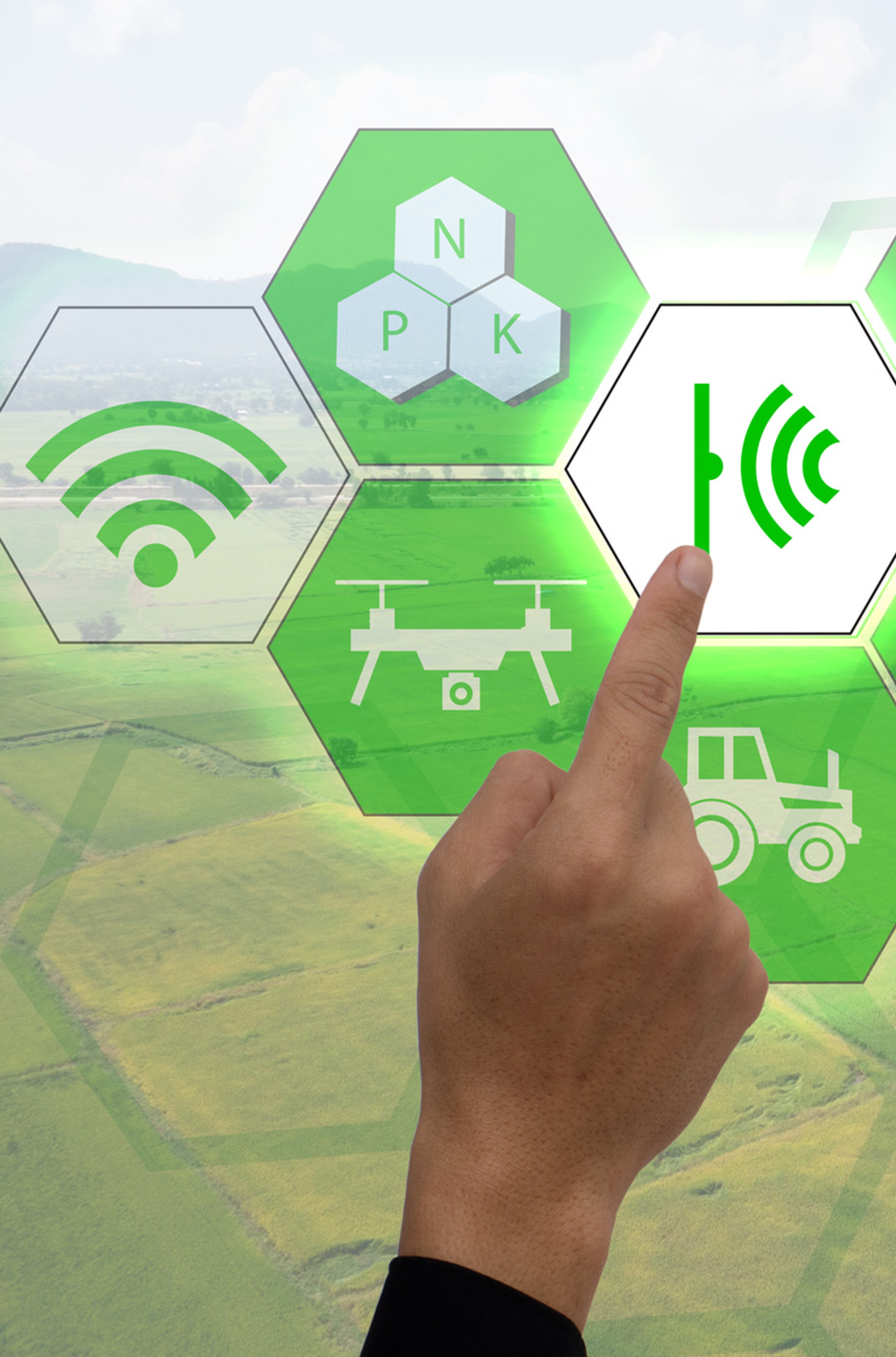However, an assessment of the actual environmental compatibility and environmental performance of the use of technology is often missing and possible negative environmental effects are rarely discussed. As part of the “Digitalization in Agriculture” cluster, the HBLFA Raumberg-Gumpenstein developed a concept and criteria for assessing environmental impacts when using digital technologies with the project partners UBA and AGES.
The environmental assessment concept includes a stage model with relevant environmental criteria and indicators, with the assessment objective and the assessment framework being defined in stage 1. At level 2, the main agronomic consequences and the accompanying effects are determined. Based on the agronomic effects described in step 2, in step 3 these effects are analyzed with regard to their potential environmental implications. In the interpretation (level 4), the environmental impacts are classified along four dimensions from ecological sustainability research.
During the course of the project, the concept developed was tested on four different applications of digital technologies (use cases). In addition, starting points for environmental monitoring were derived for the soil sector and suitable indicators were put together. By creating an environmental assessment concept, it will be possible in the future to assess the use of digital technologies from an environmental perspective in a practical manner. The concept offers an initial approach to a structured approach to the environmental assessment of digital technologies.
Due to the rapid changes and framework conditions of digital technologies in agriculture, constant development and adaptation are necessary.
Explanatory video on the environmental assessment concept
Brief summary of the environmental assessment concept
Long version of the environmental assessment concept (Federal Environment Agency report)









